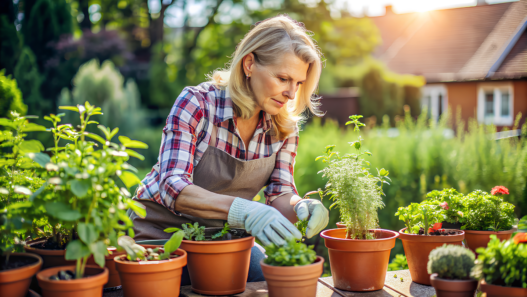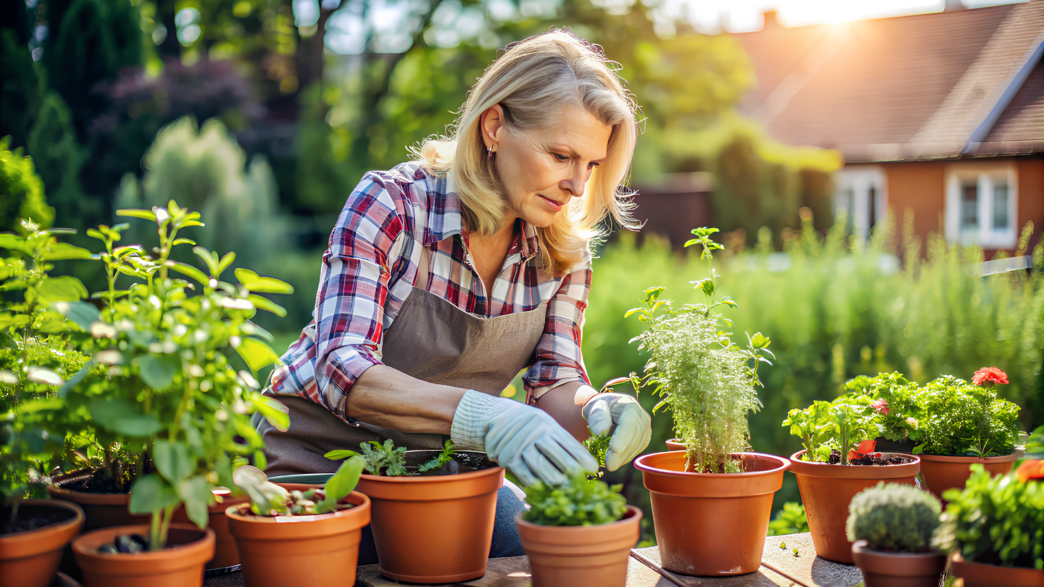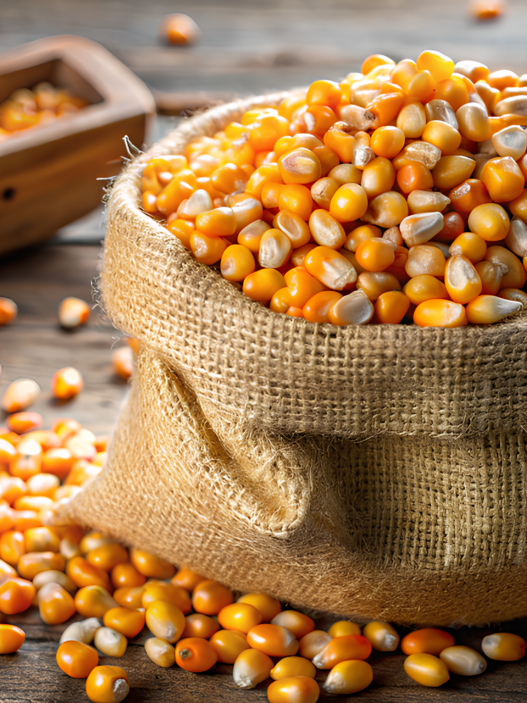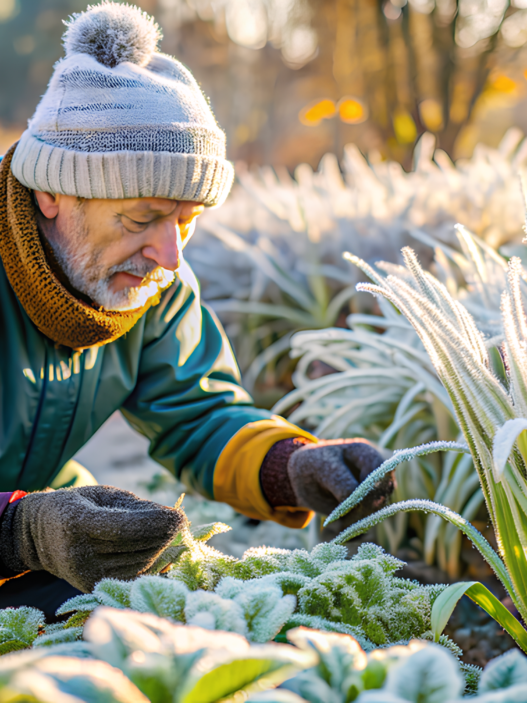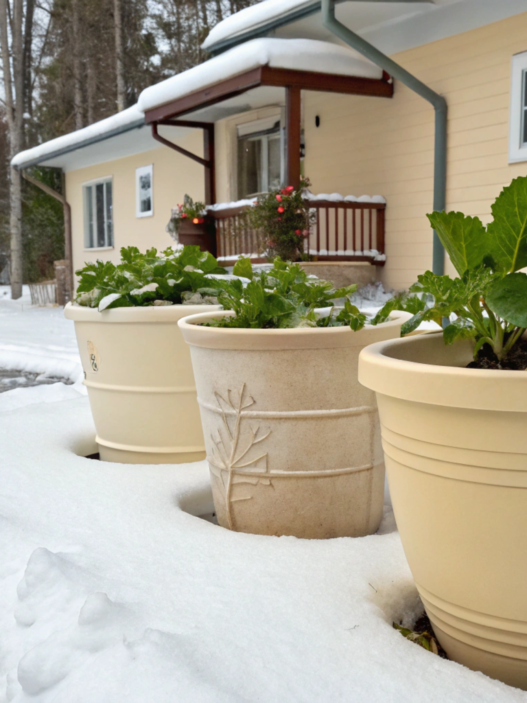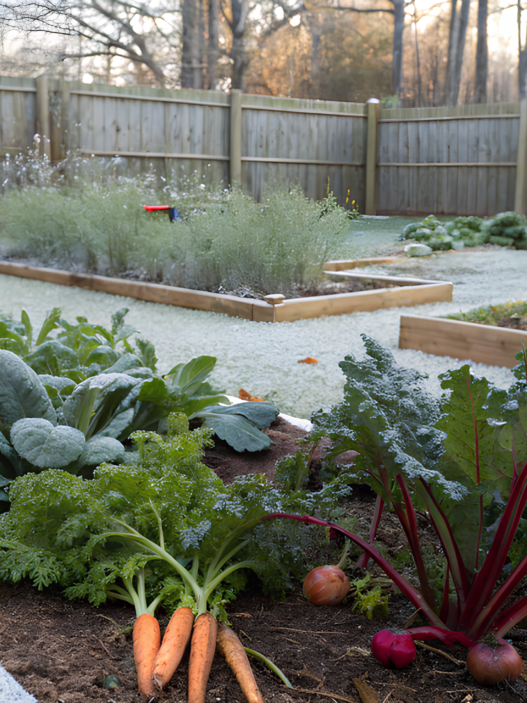When I decided to engage in herb gardening in containers, I knew absolutely nothing about it. But that didn’t scare me. After all, experimentation and the process of learning something new is just what you need to move forward. And in this case, it doesn’t matter whether your garden is big or small.
In this guide, I’ll try to tell you everything I know – from container ideas for herb gardens to a list of herbs that grow best in containers. I’ll also share my experience on how best to combine herbs and flowers to create an aesthetically pleasing and practical arrangement.
Why you should get into growing herbs in containers
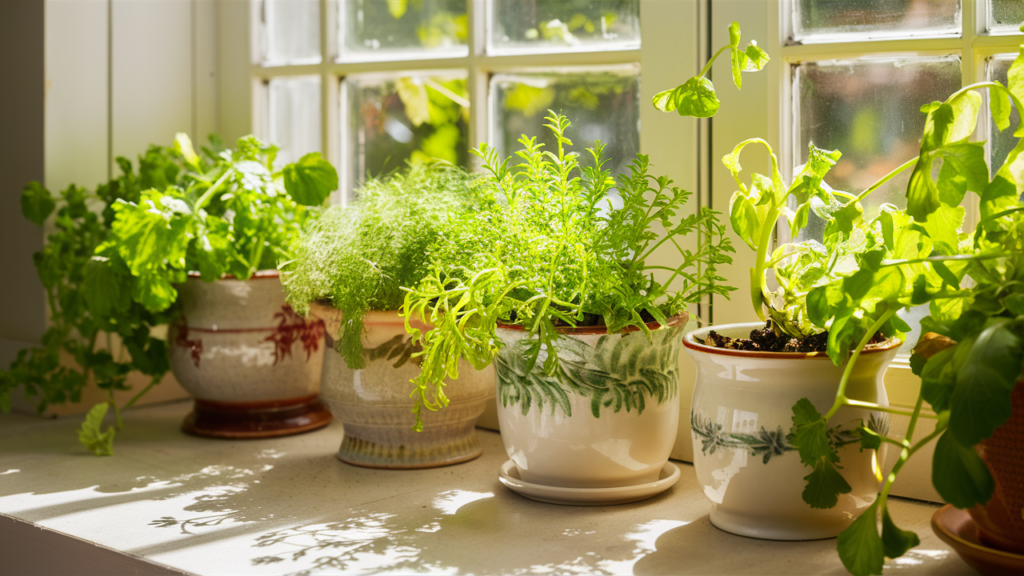
It seems to me that herb container gardening is worth a try for those who are new to gardening or if you don’t have much space for a garden. Think about it – it’s convenient and practical. You’ll always be able to move the containers around to allow sunlight to reach them, place them closer to the kitchen if you need to cut something or even bring them inside when it gets colder
Personally, I started growing herbs in containers because we had very little space when we lived in Idaho. But the interesting thing is that when we moved to the Pacific Northwest and we had plenty of land, I still continued to grow herbs in containers. I don’t know why. Apparently because it’s convenient, and frankly, the very sight of those beautiful pots full of herbs just makes me happy.
How to choose the right containers for herbs
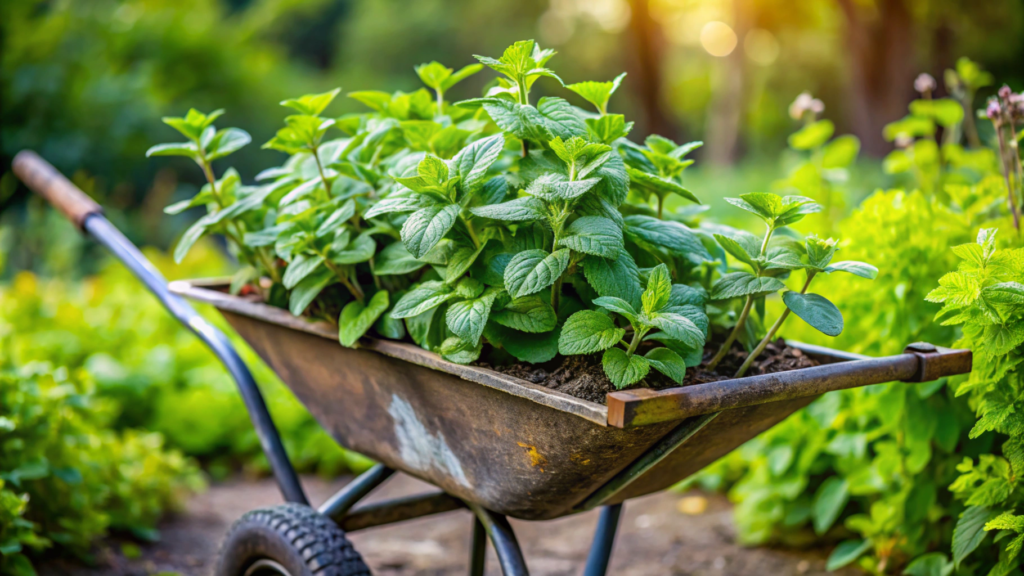
The most important thing that contributes to the proper herb container gardening is a competent approach to the choice of pots. There should be good drainage, since herbs do not like overwatered soil. This I checked on my own experience, when I first started growing basil, and he literally drowned in wet soil, which had a very sad effect on him.
Tip. Always choose containers with drainage holes. And if you really like the pot, but there are no holes in it, get creative and clever. Take a drill and make some holes in the bottom.
Some container ideas for herb gardens include classic terracotta pots (they breathe), wooden crates, or even recycled items like tin cans or buckets. I once grew mint in an old wheelbarrow – I agree it sounds strange, but it looked unusual and creative.
The size of the container matters
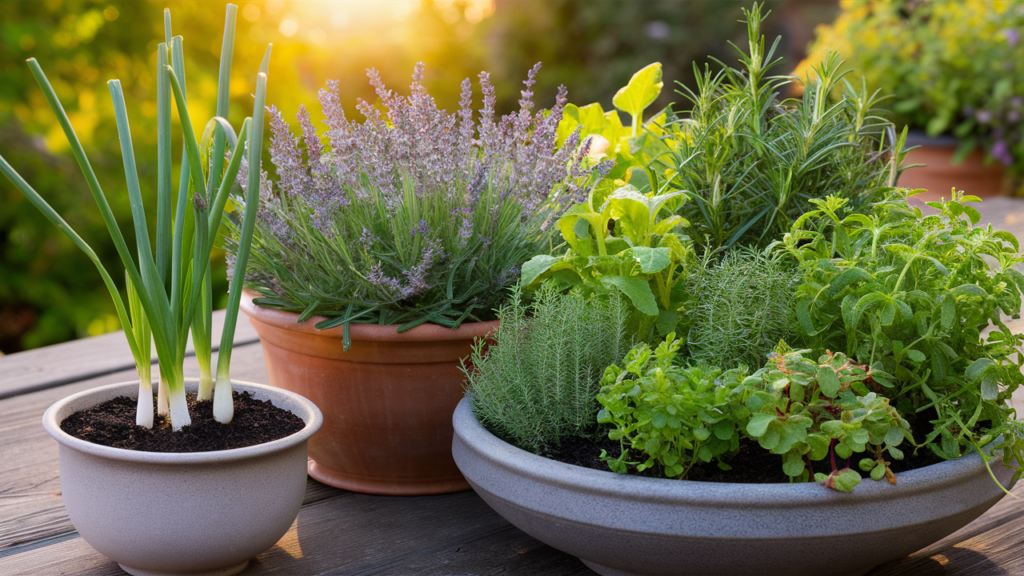
Herbs don’t have large root systems, but they still need space to grow. That’s why it’s important to choose the right container size. Here’s a quick guide to container sizes:
- Small herbs, such as thyme or chives, grow well in 6-8 inch pots.
- Larger herbs, such as rosemary and lavender, need pots at least 12 inches deep.
- For mixed herb and flower container gardening choose a larger container (at least 16 inches in diameter) to give all plants enough room to grow.
Best herbs for growing in containers
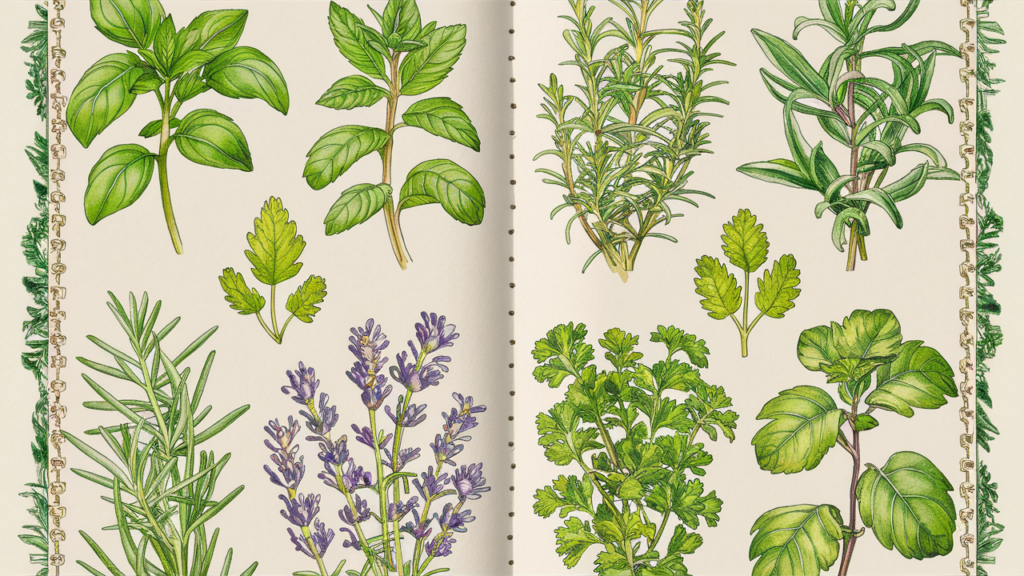
Unfortunately, not all herbs are equally well suited for growing in containers. Some do well in small pots, while others prefer more space. Here’s a list of herbs that grow well in containers:
- Basil. It just loves the heat and grows like yeast in a sunny spot. Just don’t forget to snip off the flowers so he doesn’t waste his energy on them.
- Mint. Be careful, it can take over your entire garden! It’s easier to control in containers.
- Thyme. Drought-tolerant and compact, it’s just right for small pots.
- Rosemary. Although it requires a little more space, it still grows beautifully in pots.
- Coriander. Loves cooler temperatures, so it’s great for spring and fall container growing.
If you like the idea of herb and flower container gardening, lavender, oregano, and parsley would also work well.
Growing herbs and flowers in containers. Beauty and usefulness in one pot
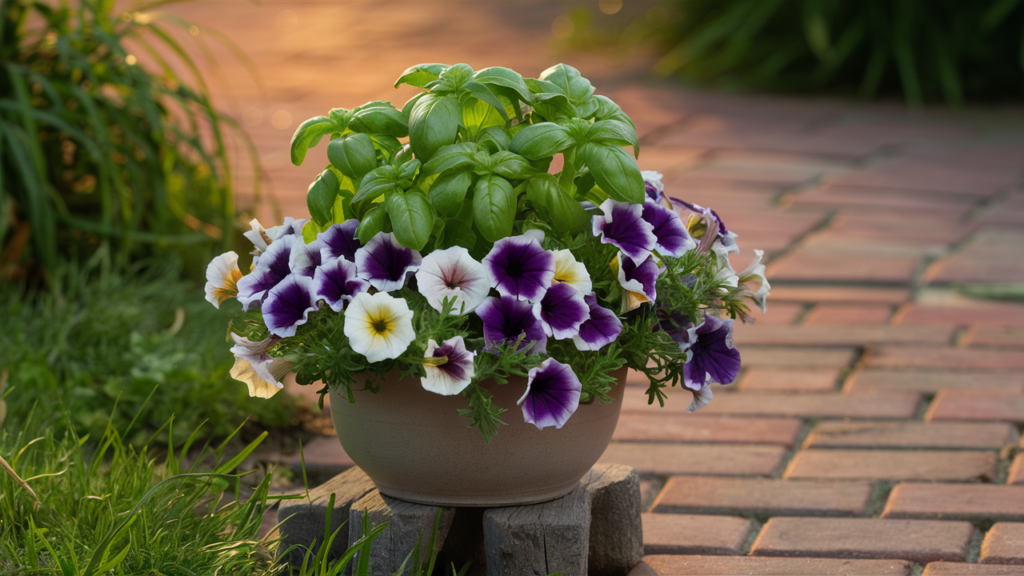
You don’t have to limit yourself to herbs alone. For experimentation, you can try combining herbs with flowers in containers. This is a fascinating activity, believe me. These compositions not only look amazing, but also help to control pests and attract pollinators to the garden. For example, velvets repel pests that could harm your herbs, and lavender is great for attracting bees for pollination.
Simple herb and flower combinations
- Basil + Petunias. Petunias repel pests, while basil loves sunlight.
- Mint + Violas. Mint repels insects, while violas add bright colors.
- Thyme + Velvets. Thyme loves warmth, and velveteen protects against pests.
The key to herb and flower container gardening is selecting plants with similar sun and water needs.
How to care for your container herb garden
Caring for herb gardens in containers is easier than you might think. But it’s still worth paying attention to a few things.
- Watering. Containers dry out faster than beds. I water my herbs once a day during the hot summer months and every other day when it gets cooler.
- Fertilization. Herbs don’t need a lot of fertilizer, but it is advisable to add a little organic liquid fertilizer once a month, which will have a positive effect on growth.
- Pruning. To stimulate more productive growth, it is desirable to pinch herbs such as basil and mint.
Tip. Don’t forget to periodically rotate your containers so that all sides of the plants receive an even amount of sunlight. This is essential as the sun is great for stimulating herb growth.
What to do when winter comes
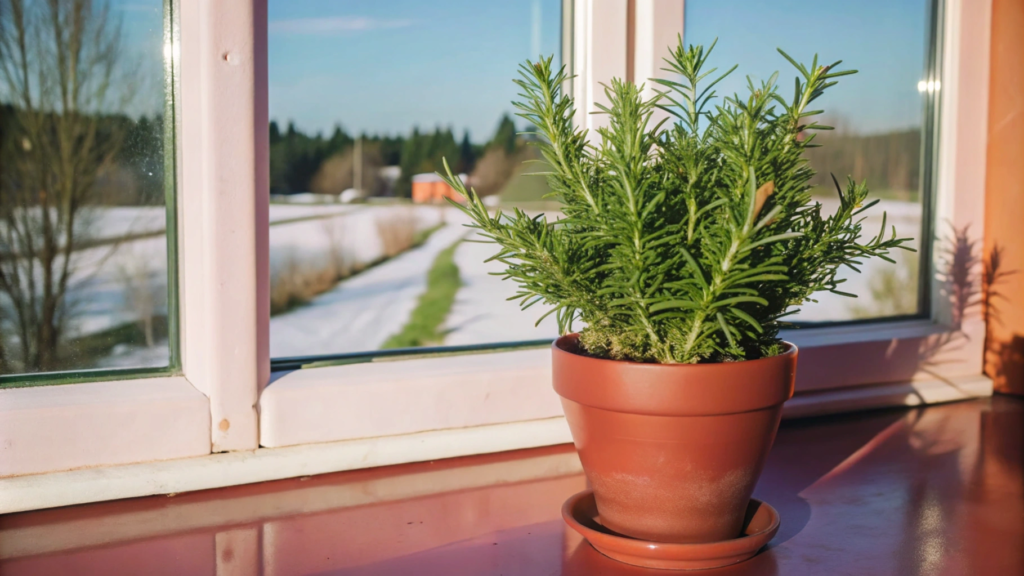
Annual herbs, such as basil and coriander, die when the cold weather arrives. However, rosemary and thyme can be brought into the house for the winter. I once had rosemary survive three winters on a sunny windowsill, and every time I accidentally touched it, the fragrance filled the entire room.
You can also use cold frames or insulating covers to protect your container gardening herbs outside during the colder months.
The best containers for growing herbs on a small budget
If you don’t want to spend too much and are looking for container ideas for herb gardens, it’s time to get savvy. I’ll offer you some inexpensive options:
- Recycled buckets. Drill a few holes in the bottom and you have an herb container.
- Old tool boxes. They make charming, rustic containers for growing herbs
- Fabric grow bags. Lightweight and easy to use, these are great for larger herbs like rosemary or sage.
You don’t need expensive containers to create a beautiful herb garden. Sometimes the most unusual pots fit well into the landscape of your plot and give it an unusual look.
Recommended items for your herb garden in containers
To make it easier to grow herb container gardening, here are a few products I recommend:
- Self-watering pots. These are very helpful and useful, especially if you, like me, sometimes forget to water. Check them out on Amazon.
- Organic Fertilizer. Use organic fertilizer monthly for your herbs to keep them growing steadily. I use this one Growin Green.
- Fabric grow bags. Perfect for large herbs, they are convenient to use and easy to move around. Here’s a brand I like UMIG.
Time to start your journey to an herb garden
That’s actually all I wanted to tell you. Whether you’re new to container gardening for herbs or want to build up your gardening skills, growing herbs in containers is a useful and space-saving way to grow plants. Now it’s up to you: start planting herbs, don’t give up trying to experiment with different containers and combinations of herbs, and most importantly, enjoy your favorite activity and the fruits of your own labor.
And if you have tips or ideas for growing herbs, leave them in the comments! I’d love to continue the conversation about gardening.
